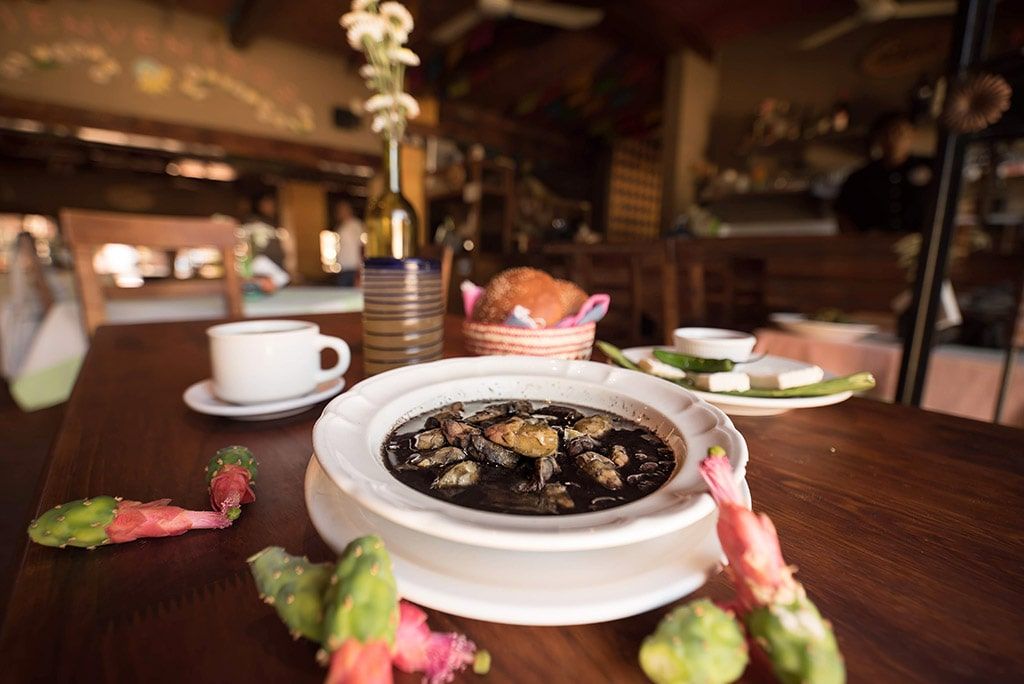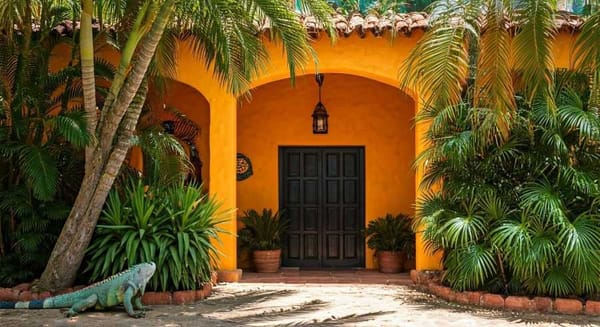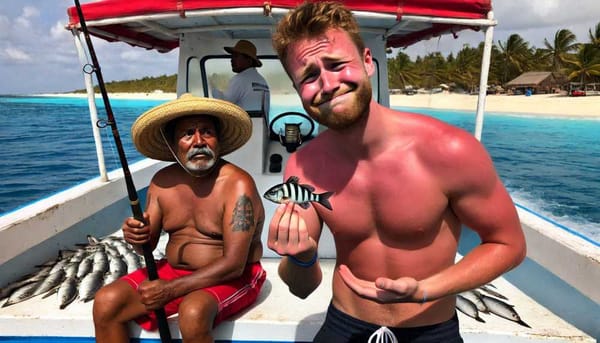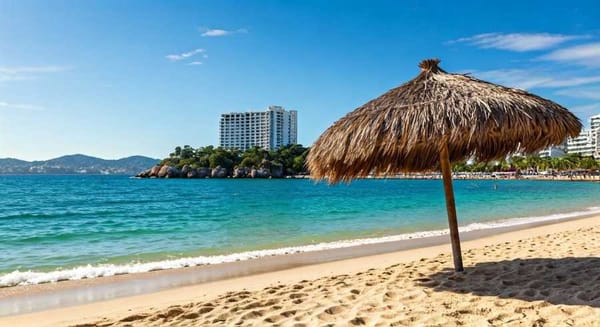The best of San Pablo Villa de Mitla, Oaxaca
After Monte Alban, the area of Mitla, the second most important ceremonial center in the state of Oaxaca, has several groups of constructions, among them one of the columns, located next to the church.

The Magic Town of Mitla is surrounded by enormous hills that form a green tapestry during the rainy season; here is one of the most important archaeological zones because important characters and priests have been found buried under the main palaces. It was inhabited by Zapotecs and Mixtecs at different times, which highlights the cultural mix.
The area of Mitla, the second most important ceremonial center in the state of Oaxaca after Monte Alban, has several groups of buildings, including the columns, located next to the church. The boards of some halls are decorated with mosaics of stones set without glue, forming fretwork of impressive beauty, which are often replicated in textiles and other handicrafts produced in the area. In addition, around Mitla, palenques, or artisanal mezcal factories, abound.
The name of Mitla comes from the Nahuatl "Mictlan", which means: "Valley of the Dead", it receives the name of San Pablo in honor of one of the apostles of Jesus. The prehistoric caves of Yagul and Mitla were declared World Heritage of Humanity by UNESCO in 2010, inside there are cave paintings that illustrate the life of the first farmers in the region.
It is located at an altitude of 1,680 meters above sea level; it has a dry-temperate climate with little rainfall during the summer. It has wooded vegetation in the high part, with conifers and broadleaf trees; in the valley, there are mesquite, maguey, and nopales plants. In the zone, there is a pink quarry and some clays that cause white powder that descends of the mountain range.
Taste different moles: yellow, black, red, or green; you can also find liver with egg and segueza. As drinks you will find: chilacayote water, corn or panela atoles, chocolate with water, chocolate-atole, tejate, pozole, and tepache. Without a doubt the king drink is mezcal; try it as an appetizer or in variations such as the famous "cremitas", fruit or herb preparations cured with mezcal; try the orange, coconut, coffee, lemon, nanche, or a mezcal cocktail.

For shopping and souvenirs you will find clothes made with shuttle and pedal looms; hammocks, jorongos, tablecloths, sarapes, and rugs; a wide variety of jewelry such as necklaces, chokers, and bracelets, made of natural materials and carved stone figures. You can also find bags, shawls, sashes, gabanes, and others made of cotton, worsted, and wool. You can't leave without bringing chocolate, mole, and mezcal from the area. In the Magical Towns program since 2015.
Attractions
Tule Tree
Prehistoric Caves of Yagul and Mitla.
Ex Hacienda La Asunción de Xaagá
Boiling Water
San Pablo Church
Lambityeco
Municipal Crafts Market
Museum "Balaa-Xtee Guech Gulal".
Frisell Museum
Municipal Palace
Palenques
La Boca Dam
La Toma Dam
Santiago Matatlan
Textile Workshops
Temple of San Juan Apostle
Mitla Archaeological Zone
El Mogote Archaeological Zone
Jaguar Sanctuary Zoo
Festivities
San Pablo Apostle, January 25. Festivity in honor of the Saint.
La Candelaria, February. Celebration with traditional tamales.
Spring Equinox, March. Cultural and gastronomic display of customs and traditions.
Guelaguetza Mitla, July. Festival with the 8 regions of Oaxaca to celebrate its cultural richness.
San Pedro and San Pablo, August 15 - 16. Celebration festival.
Day of the Dead, October 30 - November 2. Celebration, and traditional offering; include exhibitions of sand and sawdust mats.
Magic Village of Mitla, December. Event with illuminated figures and decorations in the center and main streets.
Location
1 h from Oaxaca; and 4 h from Juchitán. The best way to get there is by air to the city of Oaxaca. It is located in the Central Valleys Region, bordered to the north by Santo Domingo Albarradas and Villa Díaz Ordaz, to the east by San Lorenzo Albarradas and Santo Domingo Albarradas; to the south by Tlacolula de Matamoros; and to the west by Tlacolula de Matamoros and Villa Díaz Ordaz.




